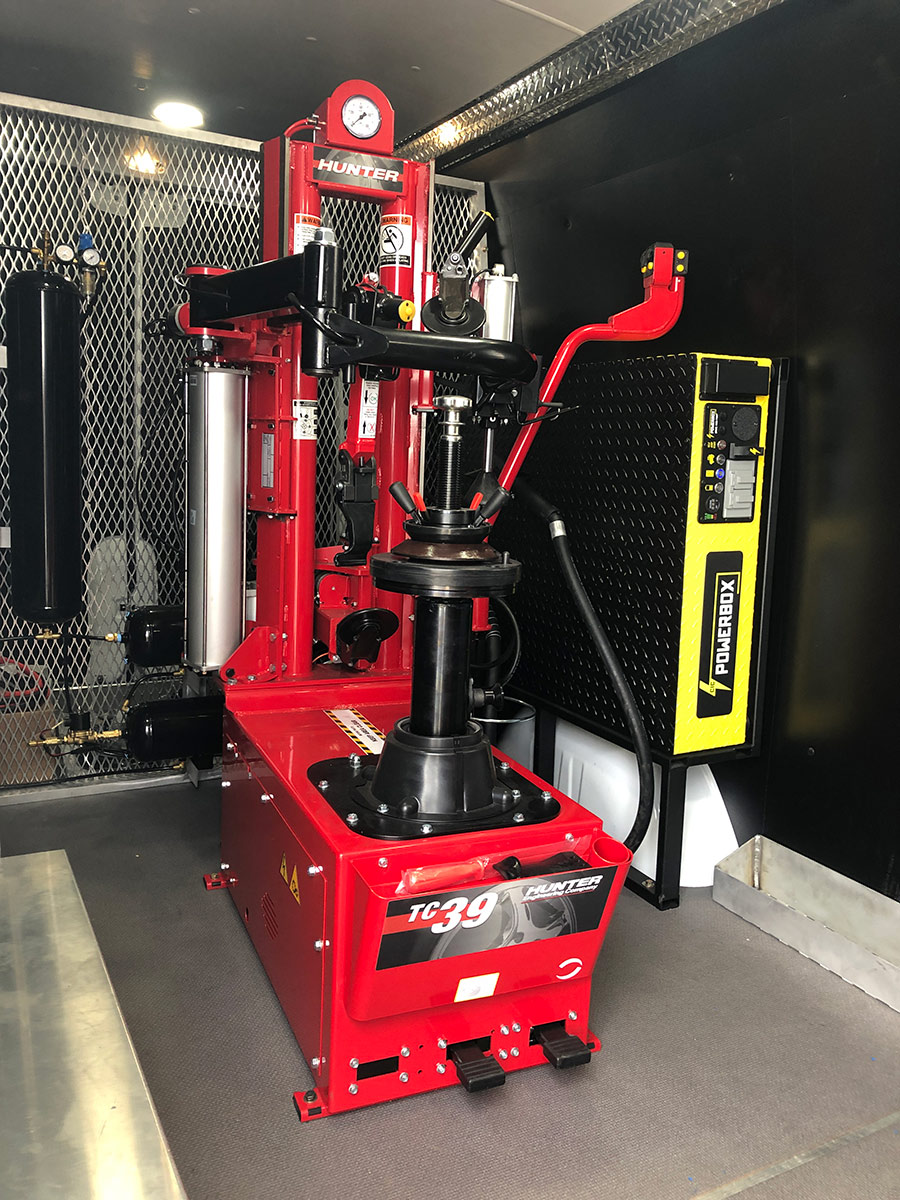Economical Mobile Tire Replacement Las Vegas - Call Now!
Economical Mobile Tire Replacement Las Vegas - Call Now!
Blog Article
Tire Service: Proven Approaches for Ideal Tire Upkeep and Treatment
Preserving ideal tire problem is vital for both safety and security and performance of any kind of lorry. From ensuring correct tire stress to normal turning and positioning, there are tested methods that can significantly expand the lifespan of your tires and boost general driving experience. As we check out the complexities of tire treatment and maintenance, we will uncover essential standards that every car proprietor must stick to for the finest possible outcomes. Let's explore the world of tire solution and find the tricks to maintaining your tires in superior shape for the long run.
Value of Tire Pressure
Ample tire stress promotes much better fuel effectiveness, as under-inflated tires can lead to boosted rolling resistance, triggering the engine to function tougher and eat even more fuel. Correct tire pressure ensures also tread wear, boosting tire long life and conserving cash in the lengthy run by postponing the demand for premature replacements. Consistently adjusting and checking tire pressure, specifically previously long trips, is a simple yet effective way to enhance car efficiency, prolong tire life-span, and prioritize security on the road.
Tire Rotation Standards
When considering tire rotation standards, it is necessary to recognize the value of this upkeep task in optimizing tire lifespan and maintaining optimal lorry performance. Tire turning includes altering the setting of each tire on a lorry to make sure even step wear. Front tires often tend to wear a lot more promptly than back tires as a result of steering pressures, making routine turning critical for well balanced wear patterns. The suggested turning pattern differs depending upon whether a lorry is front-wheel, rear-wheel, all-wheel, or four-wheel drive. Generally, tires must be turned every 5,000 to 7,500 miles, or as recommended in the automobile manual. Neglecting tire rotation can bring about irregular wear, affecting handling, traction, and possibly compromising vehicle safety and security. By adhering to correct turning guidelines, chauffeurs can expand the life of their tires, boost gas performance, and improve total driving experience. Regular rotation is a basic yet effective maintenance practice that adds dramatically to tire longevity and vehicle efficiency.

Benefits of Wheel Placement
Guaranteeing proper wheel alignment after tire turning is crucial for preserving balanced wear patterns and optimizing vehicle performance. In addition, right wheel alignment helps to expand the life-span of your tires. Misaligned wheels can trigger uneven tire wear, leading to premature tire replacement and raised upkeep costs.

Tire Footstep Deepness Check
Doing a normal evaluation of tire step deepness is vital for keeping safe driving conditions and lengthening the lifespan of your tires. The walk on your tires plays an essential function in providing traction, specifically in wet or slippery problems. To examine your tire step deepness, you can make use of a tread depth gauge or the look at these guys penny test. The suggested walk deepness goes to the very least 2/32 of an inch. If the step deepness is below this threshold, it is time to replace your tires to make sure optimum efficiency and safety when traveling. Uneven step wear can show concerns with tire stress, suspension, or placement, highlighting the relevance of normal step deepness checks. Neglecting to keep track of and maintain proper tread depth can lead to reduced grip, longer braking ranges, and a raised threat of hydroplaning. By including tire walk deepness checks right into your regular upkeep timetable, you can drive with self-confidence recognizing that your tires are in leading problem.
Seasonal Tire Examination
Seasonal tire evaluation is a basic facet of tire upkeep that ensures tires are prepared to encounter the obstacles positioned by different climate problems. In prep work for winter months, it is essential to check the tire pressure frequently as chilly temperatures can trigger tire pressure to drop. By carrying out routine seasonal tire evaluations, chauffeurs can lengthen tire lifespan, enhance fuel efficiency, and most importantly, make certain a safe and secure driving experience in differing weather conditions.
Conclusion
In verdict, keeping appropriate tire pressure, rotating tires consistently, lining up wheels correctly, monitoring step depth, and performing seasonal assessments are important techniques for ideal tire care. By complying with these proven approaches, motorists can ensure their tires last much click to read longer, carry out better, and add to overall vehicle safety and security. It is very important to prioritize tire maintenance to protect against crashes, enhance gas performance, and extend the lifespan of tires.
Sufficient tire stress advertises better gas efficiency, as under-inflated tires can lead to enhanced rolling resistance, creating the engine to function more challenging and consume even more fuel.When thinking about tire rotation standards, it is essential to understand the relevance of this upkeep task in maximizing tire lifespan and maintaining optimal lorry performance. Seasonal tire examination is a fundamental facet of tire upkeep read that guarantees tires are prepared to encounter the difficulties positioned by different weather conditions. By performing routine seasonal tire assessments, motorists can lengthen tire lifespan, boost fuel efficiency, and most importantly, make certain a secure driving experience in varying climate conditions.
In verdict, maintaining proper tire pressure, revolving tires regularly, lining up wheels properly, monitoring tread deepness, and carrying out seasonal evaluations are important practices for optimal tire care.
Report this page